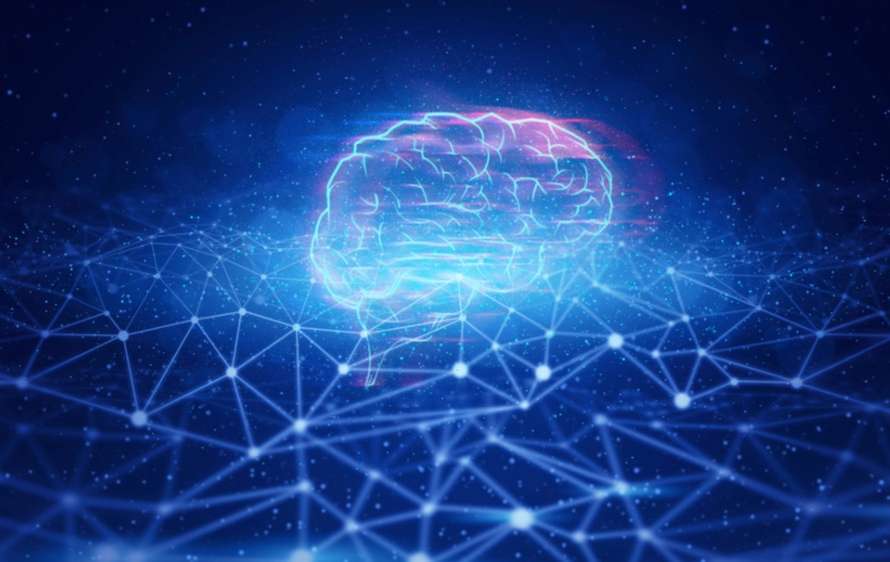What is MCP?
As artificial intelligence matures, the need for standardized ways to connect AI models with enterprise systems becomes more pressing. This is where MCP, the Model Context Protocol, comes into play. MCP is an open protocol designed to streamline communication between AI models, tools, and enterprise applications.
Think of it as the missing layer of standardization: instead of building custom integrations for every model or vendor, MCP provides a shared language that allows AI to interact consistently with business processes, knowledge systems, and IT environments.
Why Enterprises Need MCP
In many organizations, AI adoption begins with pilots—an isolated chatbot here, a predictive model there. But as soon as companies attempt to scale, integration challenges emerge. Data lives in SAP or Oracle ERP systems, workflows span CRM, HR, and finance, and governance is essential to stay compliant with regulations such as GDPR or the EU AI Act.
Without a protocol, each integration becomes a one-off project: expensive, fragile, and hard to maintain. MCP solves this by decoupling AI capabilities from the underlying systems. It ensures that models—whether from OpenAI, Anthropic, or custom-trained LLMs—can interact with enterprise data and applications through a consistent interface.
This is particularly valuable in large enterprises where IT landscapes are heterogeneous and distributed across on-premises, cloud, and hybrid environments. MCP provides a layer of stability and standardization that enables AI to function as part of the broader enterprise architecture.
How MCP Works in Enterprise Architectures
At its core, MCP defines a protocol for model-context interaction. It specifies how AI models receive context, how they call external tools, and how they return results in a structured way.
In a typical enterprise environment, MCP sits between the AI models and the enterprise systems. On one side, the models request context or perform tasks; on the other side, enterprise connectors expose data and actions through MCP-compliant endpoints.
For example, an AI model tasked with generating a financial forecast might request historical data through MCP. The protocol ensures that the request is understood by the finance system (say, Oracle ERP) and that the response is returned in a structured way the model can process.
The beauty of this setup is that it scales. The same protocol can be used for SAP supply chain data, ServiceNow tickets, or Salesforce leads, without re-architecting the AI layer.
MCP in SAP and Oracle Landscapes
In SAP environments, MCP has the potential to transform how AI interacts with modules like SAP S/4HANA, SAP SuccessFactors, or SAP Ariba. Instead of embedding AI directly into SAP through custom code, MCP exposes standardized endpoints. A forecasting model could call supply chain data, or an HR model could enrich talent analytics, all while respecting SAP’s governance and security model.
In Oracle environments, MCP can be applied in a similar way. Oracle Fusion Applications and Oracle Database remain the system of record, while AI models connect via MCP to request insights, trigger workflows, or enrich reports. This approach ensures vendor independence: enterprises can switch or upgrade their AI providers without reengineering core Oracle systems.
The broader impact is significant. By leveraging MCP, enterprises can build composable AI ecosystems that work across vendors, clouds, and business domains. This aligns perfectly with modern enterprise architecture principles of openness, modularity, and interoperability.
Opportunities and Challenges
The introduction of MCP brings enterprises closer to true AI-enabled architectures, but it also introduces new considerations. On the opportunity side, MCP enables faster scaling, reduces integration complexity, and creates a unified governance layer for AI. On the challenge side, organizations need to invest in protocol adoption, API management, and orchestration, ensuring that MCP endpoints are secure, performant, and aligned with compliance requirements.
As with headless architectures, success with MCP will also depend on change management. Business and IT teams must align on how to expose enterprise data to AI responsibly while maximizing the business value of intelligent workflows.
The Future of MCP in Enterprises
MCP is still an emerging standard, but its potential is clear. Over time, we can expect MCP to become a cornerstone of enterprise AI integration, much like HTTP became the backbone of the web. Vendors will adopt it to ensure interoperability, and enterprises will rely on it to integrate AI with mission-critical systems without vendor lock-in.
Ultimately, MCP provides the infrastructure to move from isolated AI experiments to enterprise-wide adoption. By standardizing how AI models communicate with enterprise systems, MCP paves the way for a future where AI is a native component of the enterprise digital core.
MCP, the Model Context Protocol, offers enterprises a standardized way to integrate AI models with business systems like SAP and Oracle. By decoupling AI capabilities from application interfaces, it reduces integration complexity, supports governance, and enables scalable innovation.
For enterprises looking to embrace AI while maintaining control and compliance, MCP represents not just a technical protocol but a strategic enabler of digital transformation.



